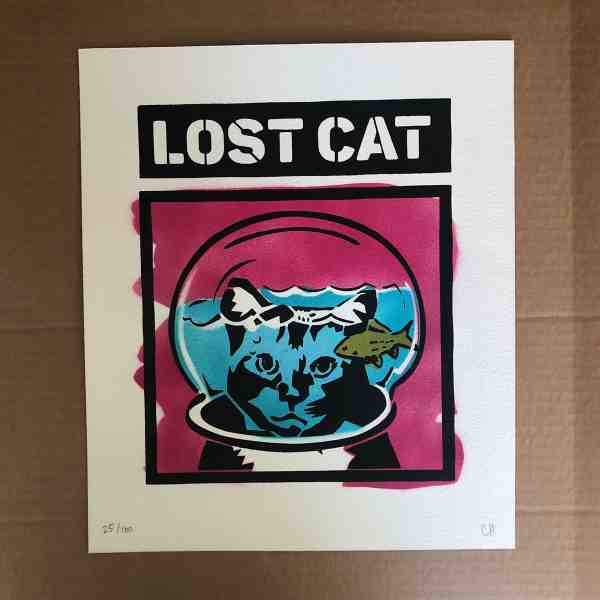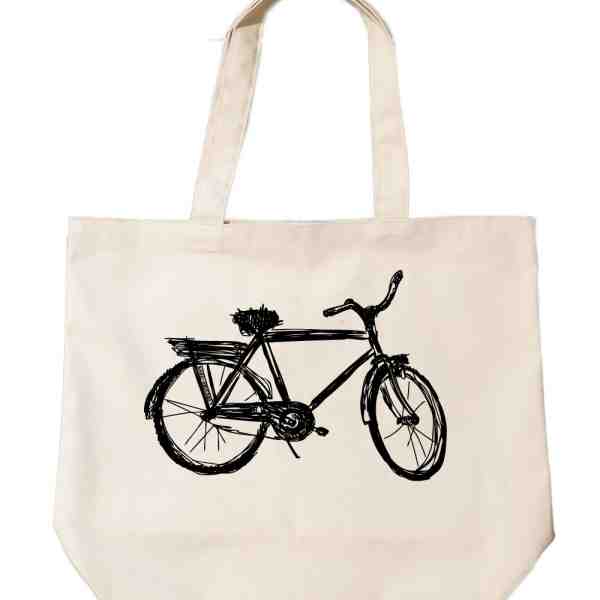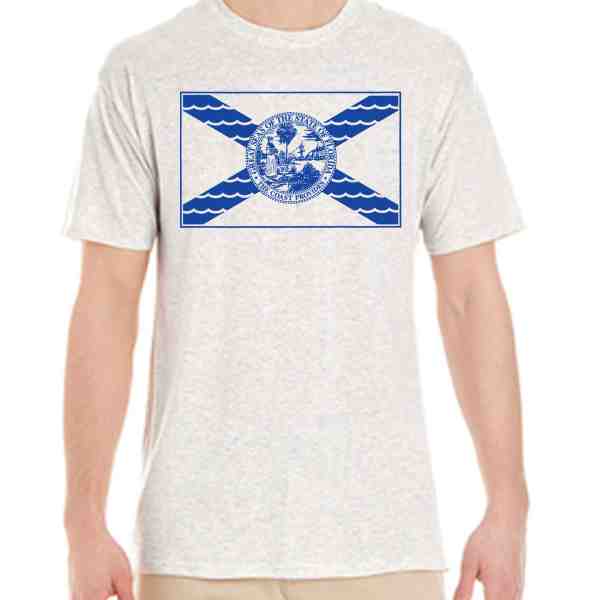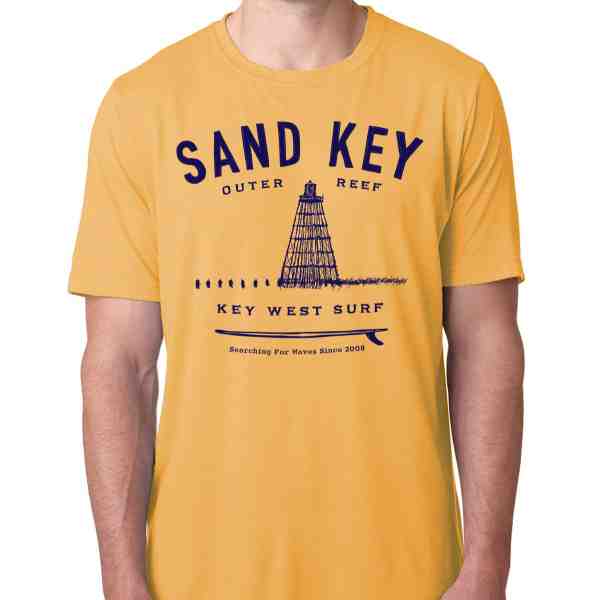From Walls to Wardrobes: Street Art’s Fashionable Journey
Street art inspired fashion is a dynamic fusion where the bold creativity of graffiti meets style. This unique blend captures the vibrant essence of urban culture and translates it into striking clothing designs. Whether it’s the raw energy of the streets or the avant-garde flare seen on runways, street art has been leaving its colorful mark on fashion.
- Graffiti Origins: Born out of the busy city landscapes of the 1970s, graffiti began as a form of self-expression.
- Urban Influence: Over the decades, it has grown into a symbol of rebellion, freedom, and individuality in cities like New York and Paris.
- Fashion Crossovers: From streetwear brands to high-fashion runways, graffiti’s bold graphics and colors have inspired designers across the globe.
I’m Chris Higgins, a seasoned graphic artist who transitioned from commercial design to creating art that speaks to the soul. At Handshucked Art and Designs, I’ve seen how street art inspired fashion celebrates individuality and authenticity. Let’s explore this colorful world together.
The Evolution of Street Art
In the bustling streets of urban centers around the world, a vibrant and rebellious art form began to emerge—graffiti art. This new wave of creativity was born from the desire of young artists to make their voices heard in cities that never sleep. Armed with spray paint, these pioneers transformed public spaces into canvases filled with bold colors and intricate designs.
As graffiti gained momentum, it evolved from mere vandalism into a respected art form. Among the trailblazers of this movement were artists like Keith Haring and Jean-Michel Basquiat, whose work would leave an indelible mark on both street art and the broader art world.
Keith Haring was known for his bright, accessible imagery and strong social messages. His signature style, characterized by bold lines and vivid colors, often tackled contemporary issues like AIDS and apartheid. Haring’s work bridged the gap between “low” and “high” culture, bringing street art into galleries and museums, and influencing fashion with collaborations like his iconic partnership with Vivienne Westwood.
Jean-Michel Basquiat, emerging from the gritty punk scene, became a leading figure in the neo-expressionist movement. His art, rich with symbolism and raw emotion, captured the chaotic energy of the streets. Basquiat’s influence extended beyond traditional art circles, permeating into fashion and popular culture. Today, his work continues to inspire designers who seek to infuse their creations with the same rebellious spirit.
The transformative journey of graffiti from urban streets to global recognition exemplifies how art can transcend its origins. It has paved the way for street art inspired fashion, where the creativity and vibrancy of graffiti are celebrated in clothing and accessories worldwide.
Street Art Inspired Fashion
Graffiti in High Fashion
Street art inspired fashion has carved out a vibrant niche in the fashion world, blending the raw energy of graffiti with the polished allure of high fashion. This fusion is deeply rooted in the streetwear culture that emerged in the 1980s and 1990s, drawing heavily from hip-hop culture and urban style.
Streetwear, known for its casual and comfortable aesthetic, often features bold graphics and vibrant colors reminiscent of graffiti art. This style, once seen as an underground movement, has now become a dominant influence in fashion, with brands like Supreme and Off-White leading the charge. These labels often collaborate with graffiti artists to create limited-edition pieces that are highly sought after by fashion enthusiasts.
In recent years, luxury brands have also acceptd graffiti in high fashion, incorporating street art elements into their collections. Luxury brands such as Louis Vuitton and Gucci have introduced designs that feature bold graphics and vibrant colors, inspired by the expressive nature of graffiti. This trend reflects a broader shift in the fashion industry towards more inclusive and diverse influences.
One notable example is the collaboration between Louis Vuitton and renowned street artist Stephen Sprouse. This partnership resulted in a collection that featured the artist’s signature graffiti style, blending the brand’s classic monogram with bold, neon colors. The collection was a commercial success and marked a significant moment in the integration of street art into high fashion.
Graffiti‘s influence on fashion is not just limited to aesthetics; it also embodies a spirit of rebellion and self-expression. This resonates with younger audiences who value authenticity and creativity. By incorporating graffiti-inspired elements, fashion designers are able to tap into this cultural zeitgeist, creating clothing that speaks to the attitudes and aspirations of a new generation.
As street art continues to inspire and evolve, it remains a powerful force in shaping the fashion landscape. The integration of graffiti into high fashion showcases the dynamic interplay between different cultural elements, resulting in innovative and exciting designs that push the boundaries of traditional fashion norms.
Collaborations and Crossovers
Street Art in Marketing
Street art inspired fashion has become a pivotal element in modern marketing strategies, particularly within the streetwear industry. This trend is driven by the unique visuals that graffiti artists bring to the table, which resonate strongly with younger audiences.
Streetwear brands often collaborate with graffiti artists to create limited-edition collections. These collaborations are not just about clothing; they are events in themselves, generating buzz and excitement. For instance, a streetwear brand might team up with a well-known graffiti artist to produce a collection that is available for just one week, creating urgency and exclusivity.
The use of bold graphics and vibrant colors in these collections mirrors the dynamic and rebellious spirit of street art. This aesthetic is particularly appealing to younger consumers who seek to express their individuality through fashion. By tapping into this demographic, brands can build a loyal customer base that values creativity and authenticity.
Visuals play a crucial role in the marketing of these collaborations. Ad campaigns often feature striking imagery that highlights the fusion of fashion and art. These campaigns don’t just promote clothing; they tell a story, one that connects with the audience on a personal level. The visuals are designed to capture attention, making them highly shareable on social media platforms. This organic spread amplifies the brand’s reach and engagement with potential customers.
Moreover, ad campaigns that incorporate street art elements often stand out in a crowded marketplace. They break away from traditional marketing norms, offering something fresh and exciting. This approach aligns with the ethos of street art, which is all about challenging the status quo and pushing boundaries.
In summary, the integration of street art into marketing strategies is a powerful way for brands to connect with a younger, more diverse audience. By collaborating with graffiti artists and creating visually compelling campaigns, streetwear brands can effectively communicate their message and build a strong brand identity.
The next section will dig deeper into the rise of streetwear and how it has transformed from an underground movement to a global fashion phenomenon.
The Rise of Streetwear
Streetwear has made a remarkable journey from the fringes of fashion to the mainstream. Its roots are deeply embedded in urban culture, and it draws heavily from street art inspired fashion. This unique blend of art and style has captured the imagination of fashion enthusiasts around the world.
Iconic Streetwear Labels
Some streetwear brands have become legends in the fashion world. Stussy, for example, is often credited as one of the pioneers of the streetwear movement. It started in the 1980s with a simple logo that resonated with the skate and surf culture. Over time, Stussy’s influence grew, setting the stage for other brands to follow.
Supreme is another iconic label that has taken streetwear to new heights. Known for its bold graphics and limited releases, Supreme has created a cult-like following. People line up for hours, or even camp out overnight, to get their hands on the latest drop. This kind of demand speaks volumes about the brand’s impact on streetwear culture.
The Streetwear Movement
The streetwear movement is more than just a fashion trend; it’s a cultural phenomenon. It began in the streets, drawing inspiration from music, art, and the everyday experiences of urban youth. Hip-hop culture played a significant role in its rise, with artists and fans alike embracing the style as a form of self-expression.
Streetwear’s appeal lies in its authenticity and relatability. It’s not about following strict fashion rules; it’s about wearing what feels right and represents who you are. This freedom has attracted a diverse audience, from skaters and musicians to fashion-forward individuals looking to stand out.
A Global Impact
Today, streetwear is a global force, influencing designers and brands across the fashion spectrum. What started as an underground movement has now infiltrated high fashion, with luxury brands incorporating streetwear elements into their collections. This crossover has blurred the lines between different fashion worlds, creating a new, dynamic landscape.
The rise of streetwear is a testament to the power of street art inspired fashion. It shows how creativity and individuality can drive a movement, changing it from a niche interest into a worldwide phenomenon. As streetwear continues to evolve, it will undoubtedly shape the future of fashion in exciting and unexpected ways.
Next, we’ll explore some of the most frequently asked questions about street art inspired fashion, diving into the designers, inspirations, and luxury brands that are part of this vibrant scene.
Frequently Asked Questions about Street Art Inspired Fashion
What fashion designers are inspired by street art?
Many innovative designers have been inspired by the raw energy and creativity of street art. These designers often seek to capture the bold graphics and vibrant colors that are hallmarks of graffiti culture. Jean-Michel Basquiat, for example, has been a significant influence on fashion, with his work appearing in collaborations with major brands.
Creative collaborations are also common, with designers partnering with well-known graffiti artists to produce unique collections. This fusion of art and fashion results in pieces that are both visually striking and culturally relevant.
What is street art inspired by?
Street art draws its inspiration from a variety of sources. At its core, it is deeply rooted in protest slogans and social commentary. Artists use public spaces to voice their opinions on political and social issues, making their art a form of activism.
In addition to these themes, street art often incorporates corporate icons and popular culture references. This blend of influences allows street art to remain fresh and relevant, constantly evolving to reflect the world around it.
What luxury brands are taking over the street art scene?
Several leading luxury brands have acceptd street art, recognizing its potential to connect with younger audiences. Louis Vuitton and Gucci are among those that have incorporated street art elements into their collections. These brands often engage in artistic collaborations with graffiti artists, resulting in limited-edition items that blur the lines between high fashion and urban culture.
By tapping into the energy and creativity of street art, these luxury brands are able to offer something unique and exciting to their customers. This approach not only lifts their collections but also helps to keep their brand image fresh and contemporary.
Next, we’ll dig into the transformative impact of street art on fashion and explore how it continues to shape new trends and ideas.
Conclusion
Street art has moved from the walls of urban landscapes to the wardrobes of fashion enthusiasts worldwide. This change is not just a fleeting trend; it’s a cultural shift that reflects our society’s evolving tastes and values. Handshucked Designs is at the forefront of this movement, creating unique pieces that capture the essence of street art and bring it into everyday fashion.
In today’s cultural zeitgeist, street art inspired fashion stands as a testament to the power of creativity and expression. It bridges the gap between art and fashion, making both more accessible and relatable. This fusion has resonated with a broad audience, from streetwear aficionados to high-fashion connoisseurs.
Looking to the future, we anticipate even greater integration of street art into the fashion world. As more brands recognize the appeal of this art form, we expect to see innovative collaborations and fresh designs that continue to push boundaries. Handshucked Designs is committed to being part of this exciting journey, offering limited-edition collections and original art that reflect the dynamic nature of street art.
By embracing the vibrant energy of street art, we aim to inspire our customers to express their individuality through fashion. As street art continues to influence new trends and ideas, Handshucked Designs will remain a pioneer in this changing landscape.
Explore our unique offerings and become part of this creative movement by visiting our Handshucked Designs page.






